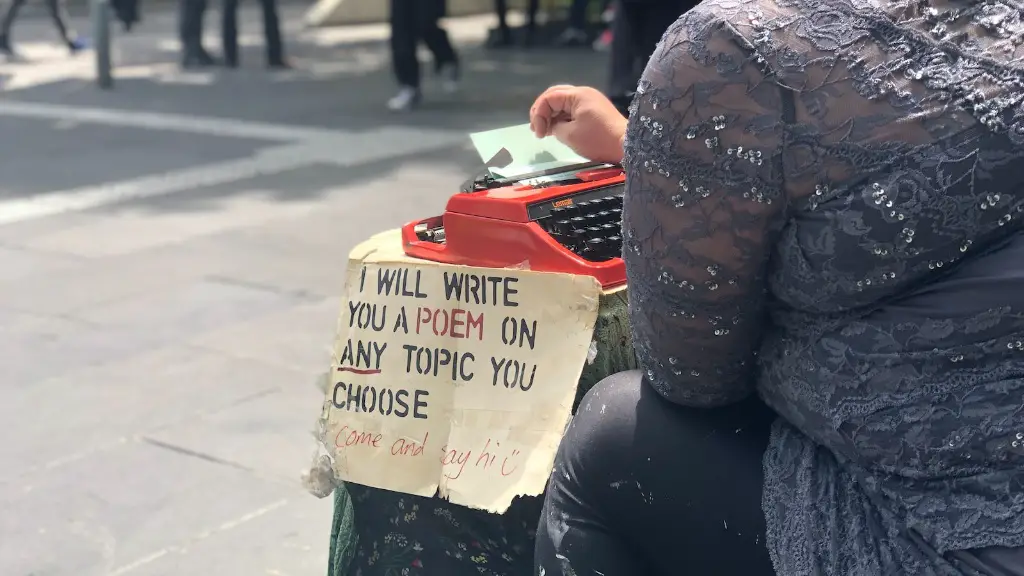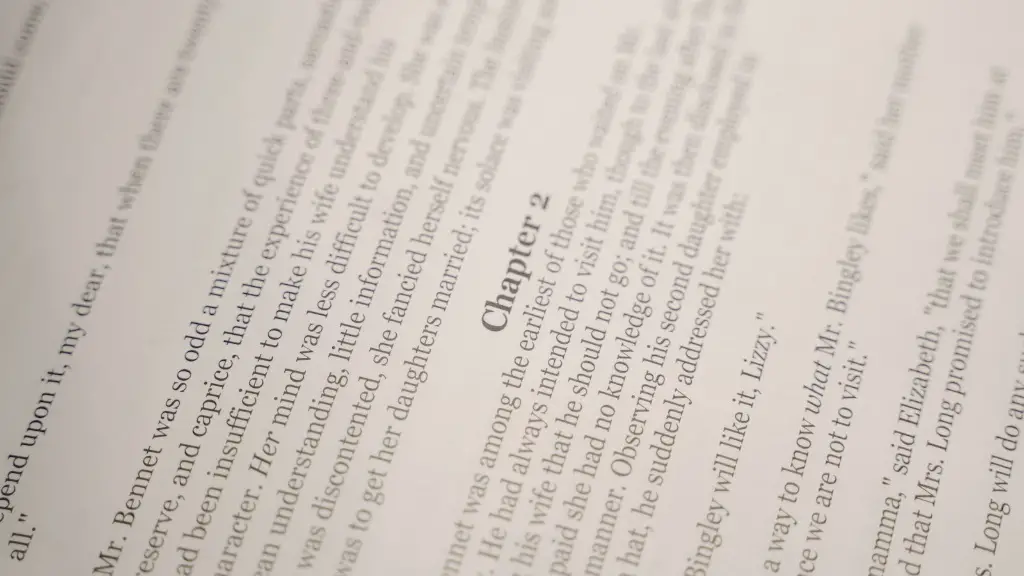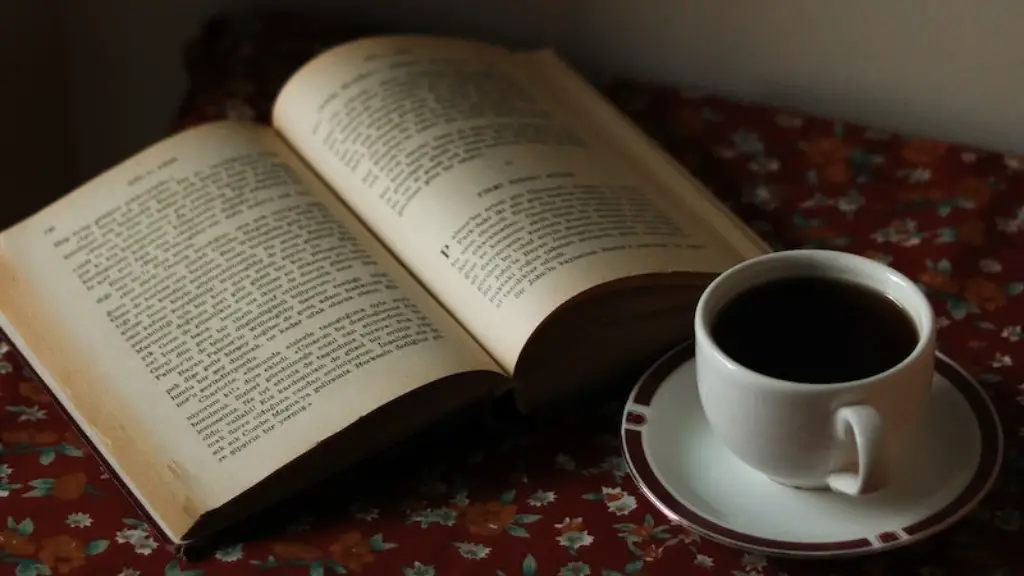Overview
Pre-romantic poetry commenced in the mid-1700s and ran briefly until the early 1800s. It is a subset of the larger body of poetic literature known as the Enlightenment literature and it is considered the introductory movement to the later Romanticism period. Pre-romantic poetry focuses on ideas, rationalism and objective truth rather than emotions and subjectivity and is notable for its stylistic clarity and conciseness.
Impact of the Age of Enlightenment
The Age of Enlightenment, running from the mid-1600s to the mid-1700s, greatly influenced the development of pre-romantic poetry. A major philosophical trend of the Enlightenment was rationalism, which posited that reason and logic should be used to interpret the world and acquire knowledge. Writers and poets during this period were heavily inspired by the scientific thought of the day and the advancements in mathematics and philosophy.
In light of the Enlightenment, pre-romantic poets used reason and science as their primary modes of expression rather than emotion and feeling. While this didn’t necessarily make their work less meaningful or insightful, it certainly rendered them more distant from their audience as most of the concepts being presented were not on the same level of accessibility.
Characteristics and Features of Pre-Romantic Poetry
Pre-romantic poetry strived for accuracy and fairness when it came to depicting the world and human emotions. Therefore, it had a tendency to be quite ‘dry’ and factual in presentation. These writings were also heavily reliant on ideals such as objectivity, common sense and the rejection of traditional authority, which is a marked contrast from the era of the Middle Ages where faith and myth were dominant aspects of the artistic landscape.
When it comes to the features of pre-romantic poetry, there is a tendency towards an emphasis on meter and rhyme. Additionally, there was a focus on imagery and symbolism over abstract concepts. Many of the great poets of this era such as Alexander Pope and John Dryden were proponents of neoclassicism which relied heavily on the works of classical writers such as Homer and Virgil.
Significance of Pre-Romantic Poetry
Pre-romantic poetry had a significant impact on later Romantic era writers such as Wordsworth and Coleridge. Although Romanticism was a return to the idea of emotional and subjective truth-seeking, it was built upon the foundation of the earlier Enlightenment period which pre-romantic poetry was a part of.
The attention to structure, rhyme schemes and similes that were developed in this era served later writers in their attempts to express emotions and feelings more effectively. Even in the modern day, pre-romantic poetry continues to be an important part of the study of literature, serving as both a historical artifact for comparison, and a valued continuance of the human experience.
Subgenres of Pre-Romantic Poetry
The emergence of pre-romantic poetry saw a distinct divide between the various genres of writing, with each genre having its distinct and unique features. In the realm of drama, writers such as William Congreve and George Farquhar created witty and sophisticated comedies which focused on social and political issues of the day. On the other hand, there was the emerging subgenre of sentimentalist writing which was a direct response to the rationalism of the Age of Enlightenment. Writers such as John Gay and Laurence Sterne wrote works which had a distinct focus on emotion and feeling.
Change In Writing Style
Comparing pre-romantic poetry with the writings of earlier eras such as the Elizabethan and ‘Restoration’ periods, it is clear to see that there was a significant and sweeping change in the way in which writers presented their works. Pre-romantic poetry developed a certain level of intricacy and sophistication due to the more technical elements of meter, rhythms and rhymes that came into play. This made poetry more structured and organized, setting the tone for the later romantic period.
The development of stylistic devices such as hyperbole and irony, concrete imagery, and personal anecdotes also began to appear in the works of the great pre-romantic writers. While these devices would later be used to great effect in the romantic era, they were first developed during the pre-romantic period and set the tone for the greater poetic discourse of later eras.
The Relationship Between Nature and Human Experience
A tenet of pre-romantic poetry was the idea of the relationship between nature and human experience. This concept asserted that man is part of and at the mercy of nature, and that nature is an all-encompassing force that is ever-present in our lives and has a great impact on our state of being. For many poets of the period, this idea served as a foundation for writing and was a recurring theme in much of the works produced at the time.
Alexander Pope, one of the great pre-romantic poets, often wrote about the elements of nature in his works such as “An Essay on Man”. His use of imagery and device such as extended metaphor and personification to further convey his ideas was a defining aspect of his work. Virgil, the Latin poet, has also been cited as being a major influence on the development of pre-romanticism as his works often focused on the inextricable relationship between nature and man.
The Role of Politics
Pre-romantic poetry was greatly impacted by the politics of the day and the writings of this period paint a vivid picture of the social and ideological struggles of the age. From the moralistic poetry of William Cowper which tackled issues such as crime and poverty to the works of Swift which critiqued the Anglican church and the rights of the lower classes, pre-romantic writers used their skills to solicit political change.
George William Curtis, an editor and poet of the pre-romantic period, used his pen to criticize the political systems of the day and to promote the idea of free and fair government. His works have been credited with being some of the earliest pieces to tackle the ills of the period and as a result, his words remain as some of the most accurate records of the struggles and unfairness of the era.
The Influence of the Past
Pre-romantic writers were heavily influenced by the works of their predecessors, whether directly or indirectly. This is especially true for the writers of the neoclassical period who often reverted back to the works of writers such as Virgil, Homer, and Horace for inspiration. This can be seen in the works of Alexander Pope, who revisited the classical concept of the “Heroic couplet”, a poetic form rarely seen after the Elizabethan era.
Other pre-romantic poets such as John Dryden and Robert Burns also took influence from their predecessors, albeit in a less obvious manner. Although their works did not follow the same style as the classical works they had studied, they did take elements such as the use of themes and the exploration of emotion, and use them to create their own unique styles.
Science and Nature in Pre-Romantic Poetry
Science and nature served as major themes in pre-romantic poetry. Writers of the period often used their works to explore the relationship between mankind and the natural world, and to confront the conflicts between the logical and the supernatural.
William Cowper, in his works such as The Task, explored the idea of a benevolent God and the human condition. Other authors such as Robert Burns and William Wordsworth wrote about the beauty of nature and its importance to their lives. The works of these and other pre-romantic writers contributed to the greater body of literature dedicated to scientific reasoning and nature appreciation.
Modern Relevance and Legacy
Despite being a brief period of time in the grand scheme of literature, the works of the pre-romantic period have had a lasting impact on the literary world. These works serve as a crucial history lesson, providing valuable insight into the changes that have taken place since their writings first appeared and allowing us to draw comparisons to the present day.
The works of pre-romantic writers also remain relevant in terms of modern literature. Certain techniques and techniques and themes developed in this period have been carried into the modern day, with many authors such as W.B Yeats and T.S Eliot drawing influence from their work.





